Settings
| sensor | X-Trans II |
| simulation | CLASSIC CHROME |
| dynamic range | DR400 |
| highlight | -1 |
| shadow | +1 |
| color | 0 |
| noise reduction | -2 |
| sharpness | +2 |
| white balance | 3600K, -9 red & -8 blue |
| iso | Up to 3200 |
| exposure compensation | +1/3 to 1 1/3 |


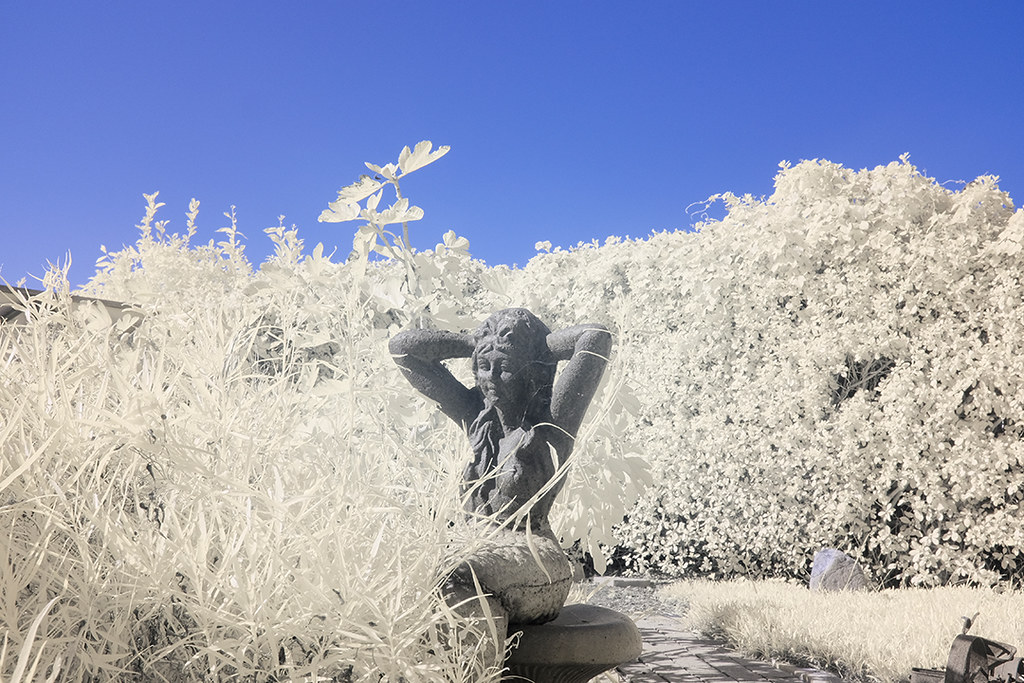
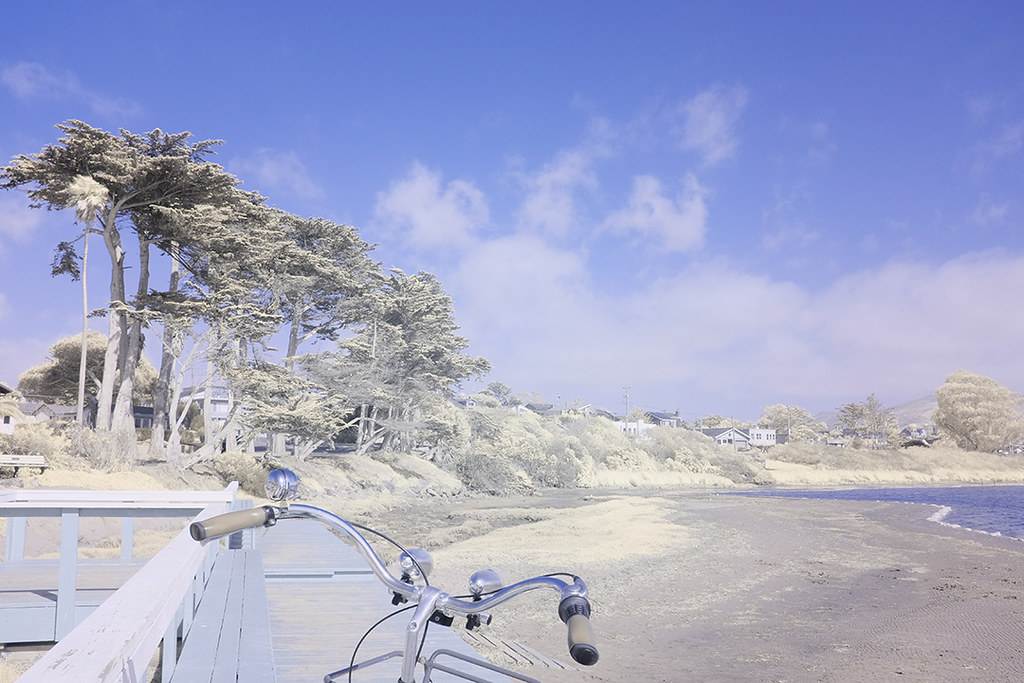
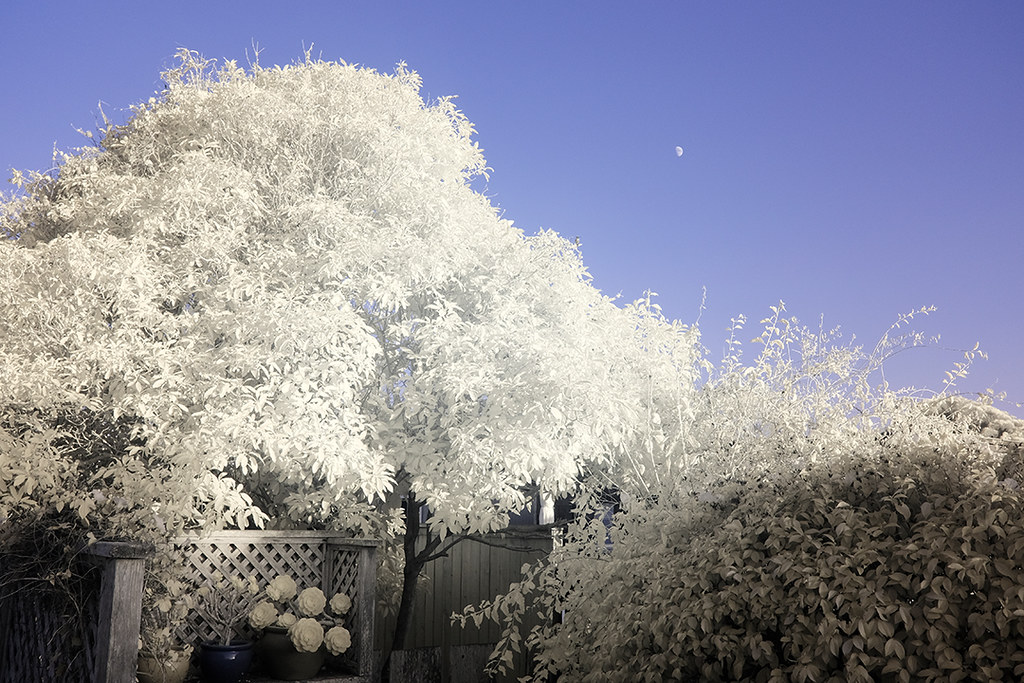
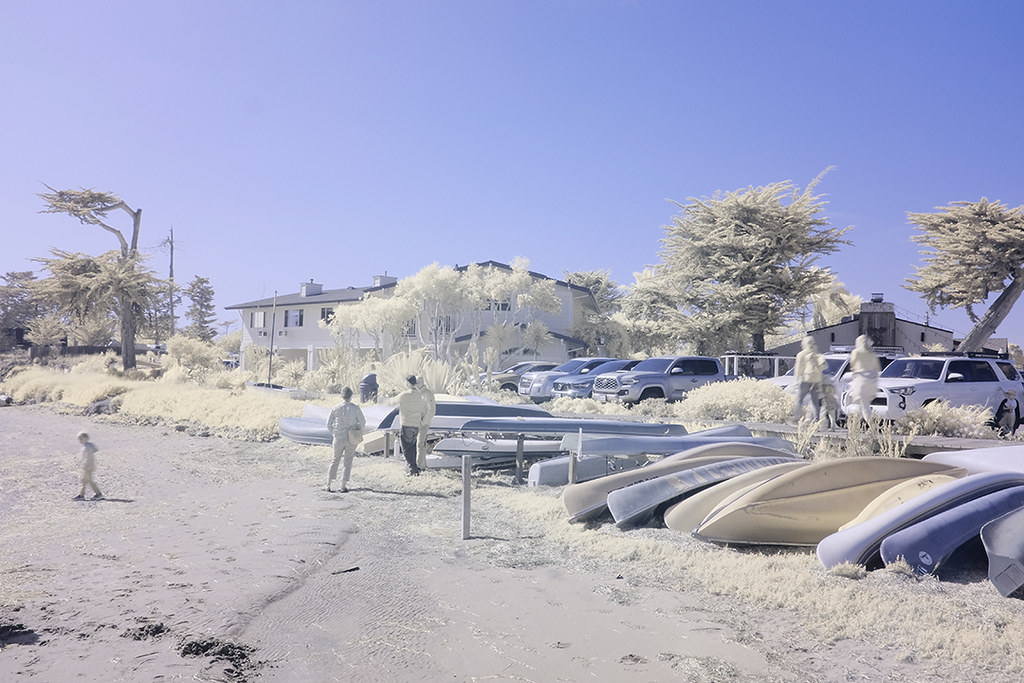
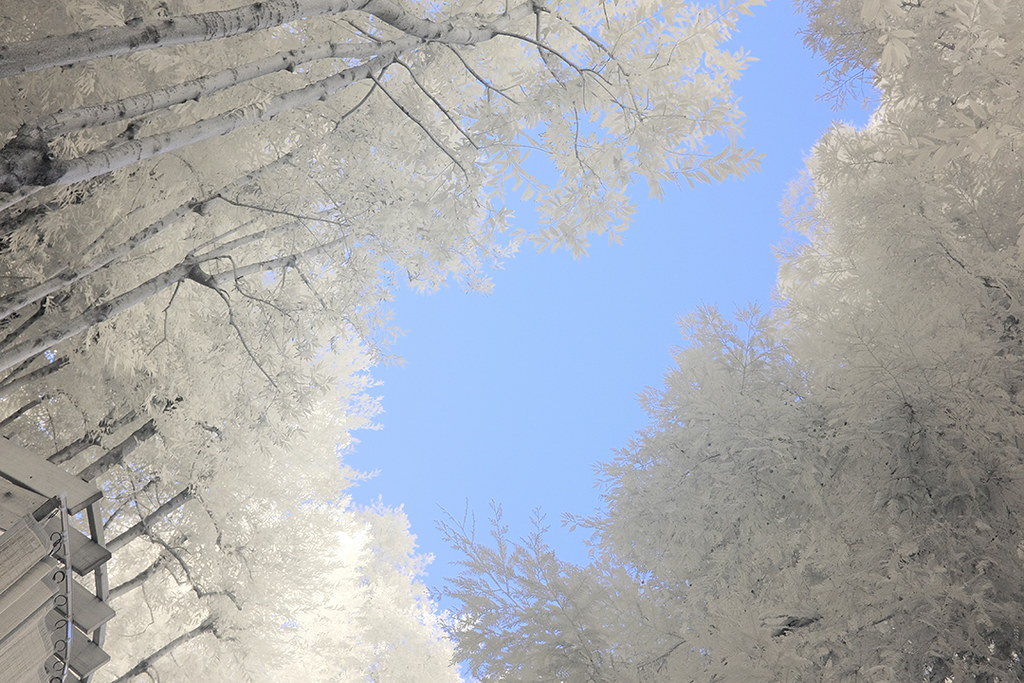
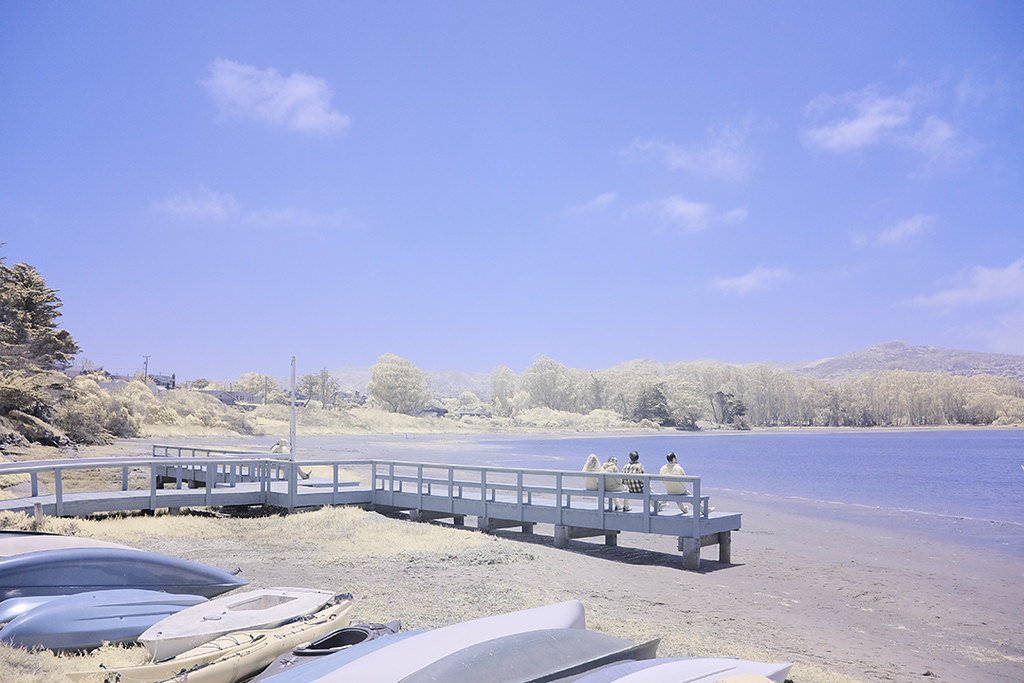
| sensor | X-Trans II |
| simulation | CLASSIC CHROME |
| dynamic range | DR400 |
| highlight | -1 |
| shadow | +1 |
| color | 0 |
| noise reduction | -2 |
| sharpness | +2 |
| white balance | 3600K, -9 red & -8 blue |
| iso | Up to 3200 |
| exposure compensation | +1/3 to 1 1/3 |
Camera: X100T converted to Full Spectrum imaging. The UV / IR full spectrum conversion consists of removal & replace of the camera’s UV / IR blocking ‘hot mirror’ filter with an optically clear glass allowing the full spectrum of light energy to blast the imaging sensor. The camera is now capable of ‘seeing’ outside of human vision up into the UV spectrum and down into deep IR. The sensor itself is the limiting factor in its upper and lower bounds, but generally can see UV & IR light invisible to humans. Blue IR / NDVI filter: The Kolari Vision Blue IR / NDVI filter allows UV / deep blue as well as IR to hit the imaging sensor, pretty much both ends and outside of the edges of human vision. This filter has scientific duty in vegetation health analysis and is perfectly suited as a creative tool due to it ‘seeing’ outside of human ability with an effect similar to a red / blue channel swapped IR image. The response of the Blue IR filter allows light frequencies in the UV / Blue range (@70%) of 285nm to 435nm and the IR range (@70%) of 720nm to 1070nm in the deep IR realm. In other words, think of this filter as a standard 720nm IR filter that allows UV and blue light to pass through as well. SOOC? The answer is a definitive yes, you can create wonderful otherworldly blue sky IR images SOOC. This recipe uses Classic Chrome (Kodak style color palette) with a white balance of 3600K offset by -9 Red & -8 Blue. This gives the bluest skies without much of a purple tint. The image quality settings are designed to allow vegetation highlight detail to come through, contrasting up the shadows a bit, sharpening and reducing smoothing as best we can to reduce the camera’s wont to smooth out an already glowing IR image. A specialty on top of a specialty for certain - well worth the investment however. My two go-to IR filters for my converted X100T are the 720nm and this Blue / IR. I tend to keep the 720nm images SOOC without any channel swapping as I appreciate the look of a nice day on Mars. When I want IR with blue skies I use this Blue / IR filter just for fun, again SOOC. All the images could all use some clarity enhancement, but that is simply not something to expect SOOC from the X100T in this visual realm. More history and details can be found here: https://specialeditionartproject.com/the-special-edition-art/making-of-the-arts/fuji-x100t-uvir-full-spectr.html
Eric Anderson
website